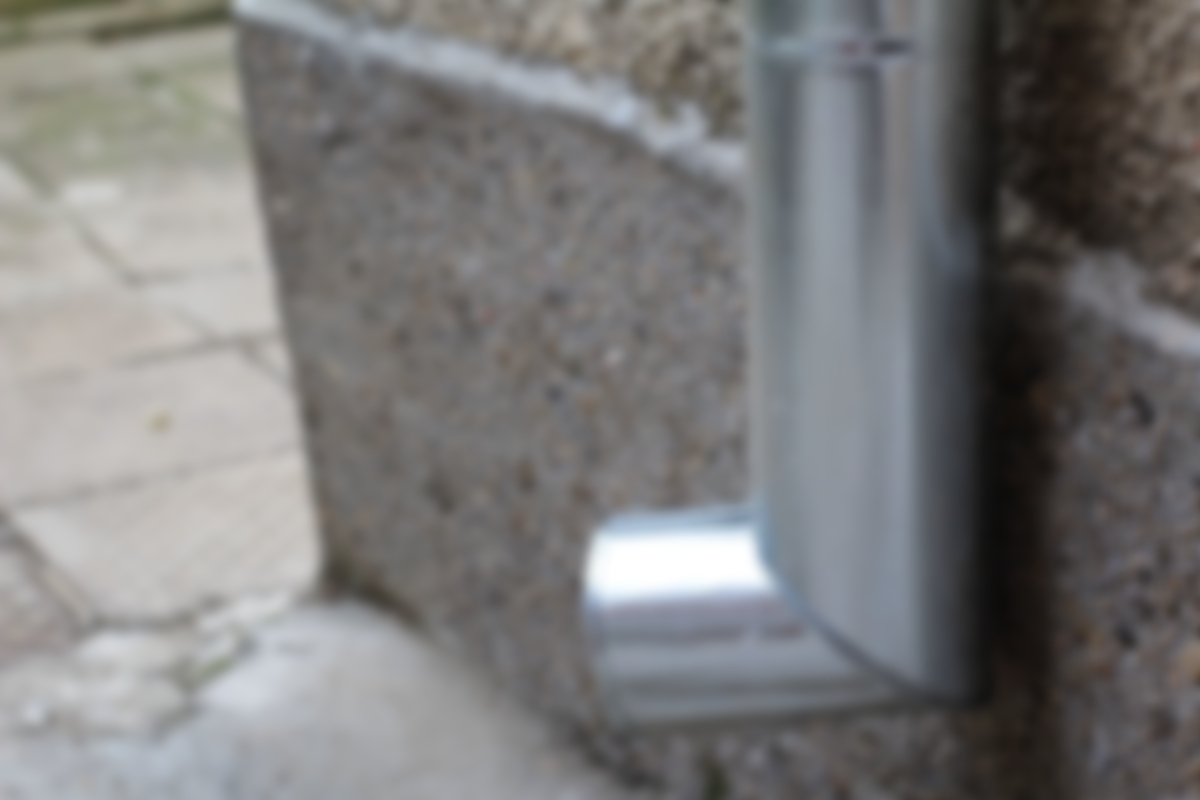A home’s gutter system may not be its most noticeable feature from the standpoint of curb appeal, but it’s one of the most essential. Without gutters, any rain that falls onto a roof drains directly down the home’s sides and into the soil surrounding its foundation, causing both aesthetic and structural damage along the way. With gutters, the rainwater gets routed a safe distance away from the home to a storm drain, dry well, or area where it can infiltrate back into the ground without causing any damage.
When to Install New Gutters
The first thing homeowners need to know about gutter systems is how to tell when they need to be replaced. Thankfully, the signs are relatively obvious. They include:
-
Sagging gutters
-
Visible leaks
-
Signs of rust or corrosion
-
Missing hardware
-
Peeling paint
-
Pooling water
If these or other problems begin to occur, it’s best to take action immediately. However, the need for quick action begs an important question. What Are the Different Types of Gutters? This article will discuss the top three options.
K-Style Gutters
K-style gutters are the most common kind installed by Guttrdone and other industry professionals. They feature a unique front edge designed to look like the crown molding on modern homes and a flat back for easy installation to fascia board trim. K-style gutters are affordable, durable, easy to install, and capable of handling large amounts of water during heavy rains. Their only real problem is that they tend to clog easily.
Half-Round Gutters
Half-round gutters are more commonly seen on historic homes. They look like circular pipes cut in half and are typically constructed out of copper, which forms a beautiful patina over time, although half-round gutters can also be made from vinyl, aluminum, or galvanized steel. Installing half-round gutters can be a challenge because they must be installed along the roof edge instead of the fascia board and tend to be heavier, requiring more hardware.
This type of gutter system is more expensive to install and tends to pull loose over time. Homeowners who want a rustic look will find that half-round gutters have their advantages, though, including ease of cleaning and a lower likelihood of clogs in addition to a more rustic look. Those on the fence can hop over to this site to see examples.
Box-Style Gutters
Box-style gutters are used mostly on commercial and industrial buildings because according to relatimecampaign.com, they are designed to handle large amounts of water coming off of these bigger roofs. Instead of hanging on the edge of the roof or from the fascia, they feature high backs that tuck under the roof’s shingles. As a result, box-style gutters must be installed at the same time as the roof.
Find the Perfect Gutter System
There’s no one right gutter shape, material, or size that’s right for every building. Homeowners need to evaluate all of their options before deciding which one to choose. Working with a highly knowledgeable gutter installer can make the entire process easier, so don’t be afraid to ask questions in the process of choosing who to work with. Having the right contractor makes a large difference.
Media Contact
Company Name: Realtimecampaign.com
Contact Person: Media Relations
Email: Send Email
Phone: 407-875-1833
Country: United States
Website: Realtimecampaign.com

